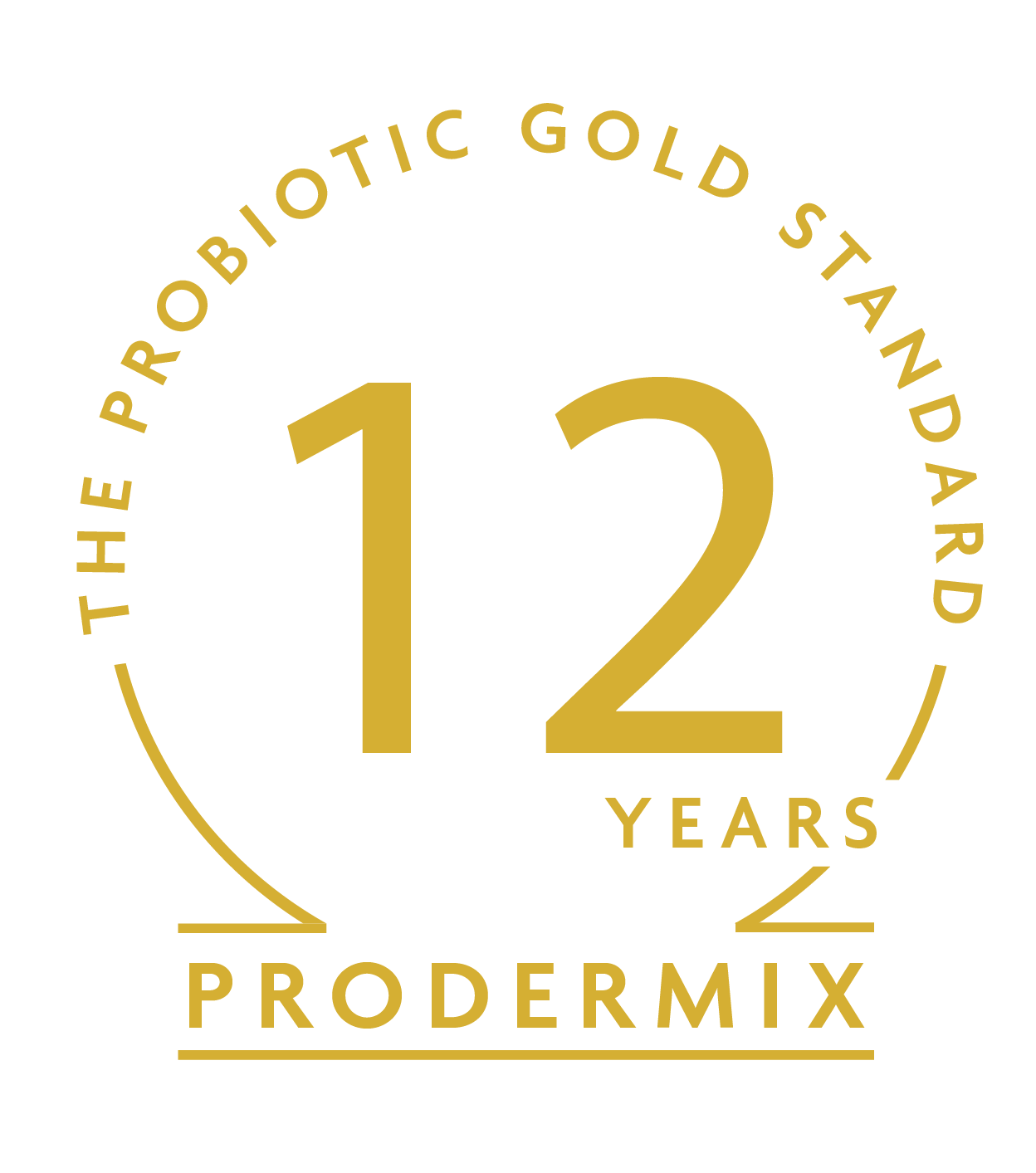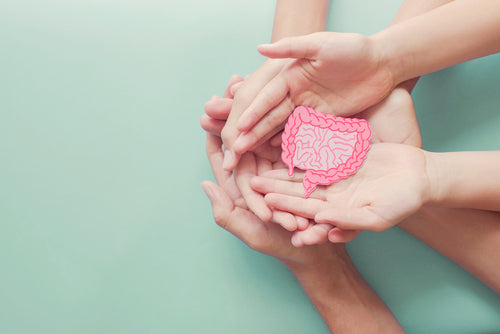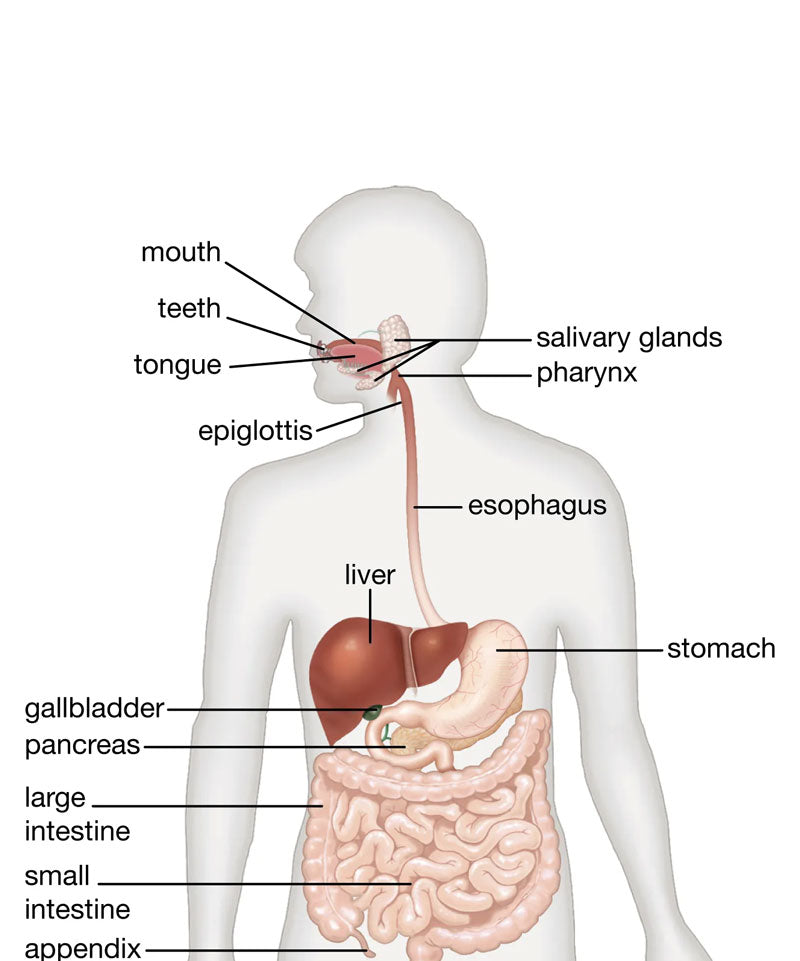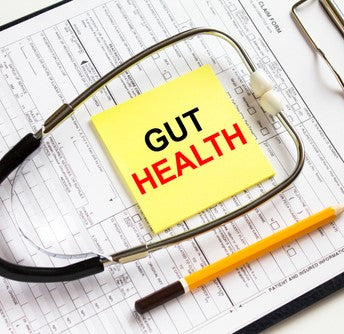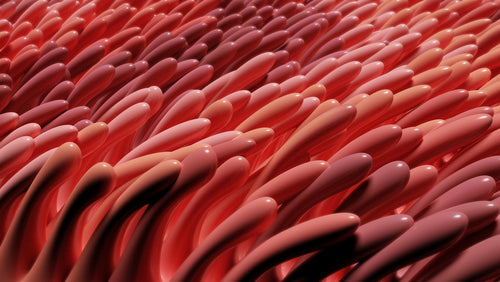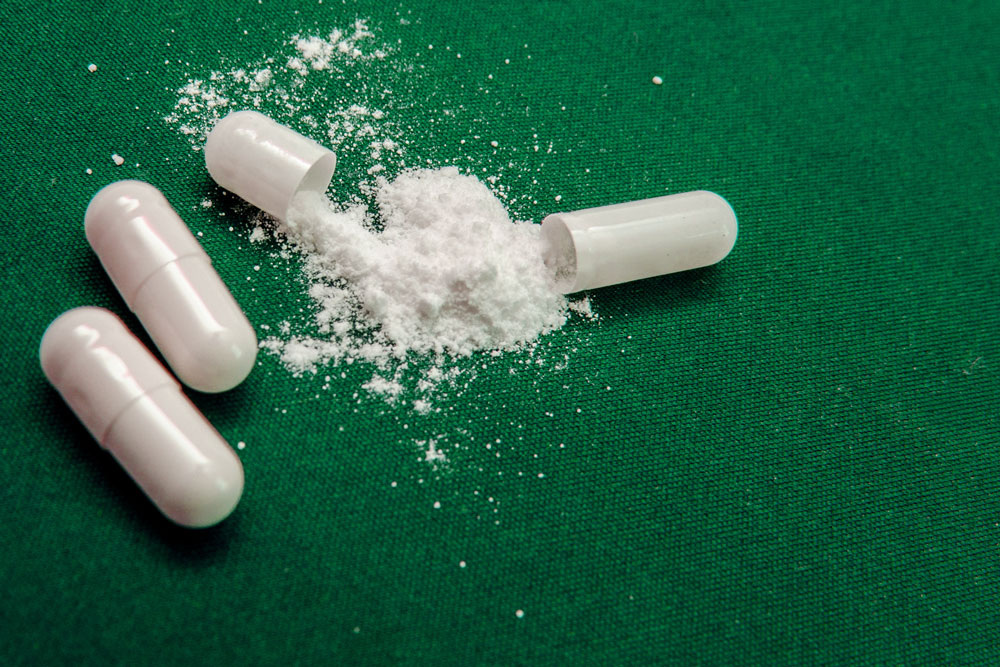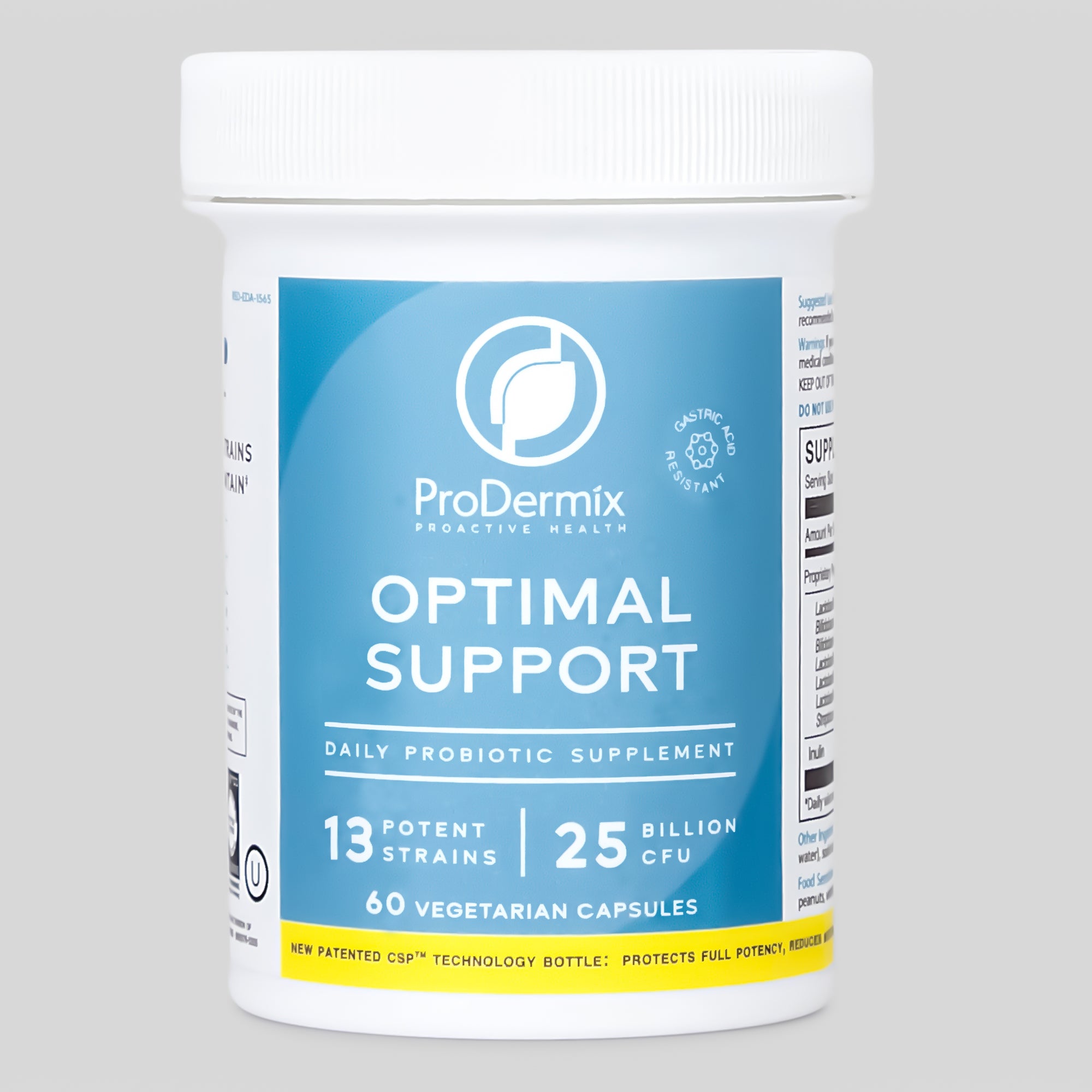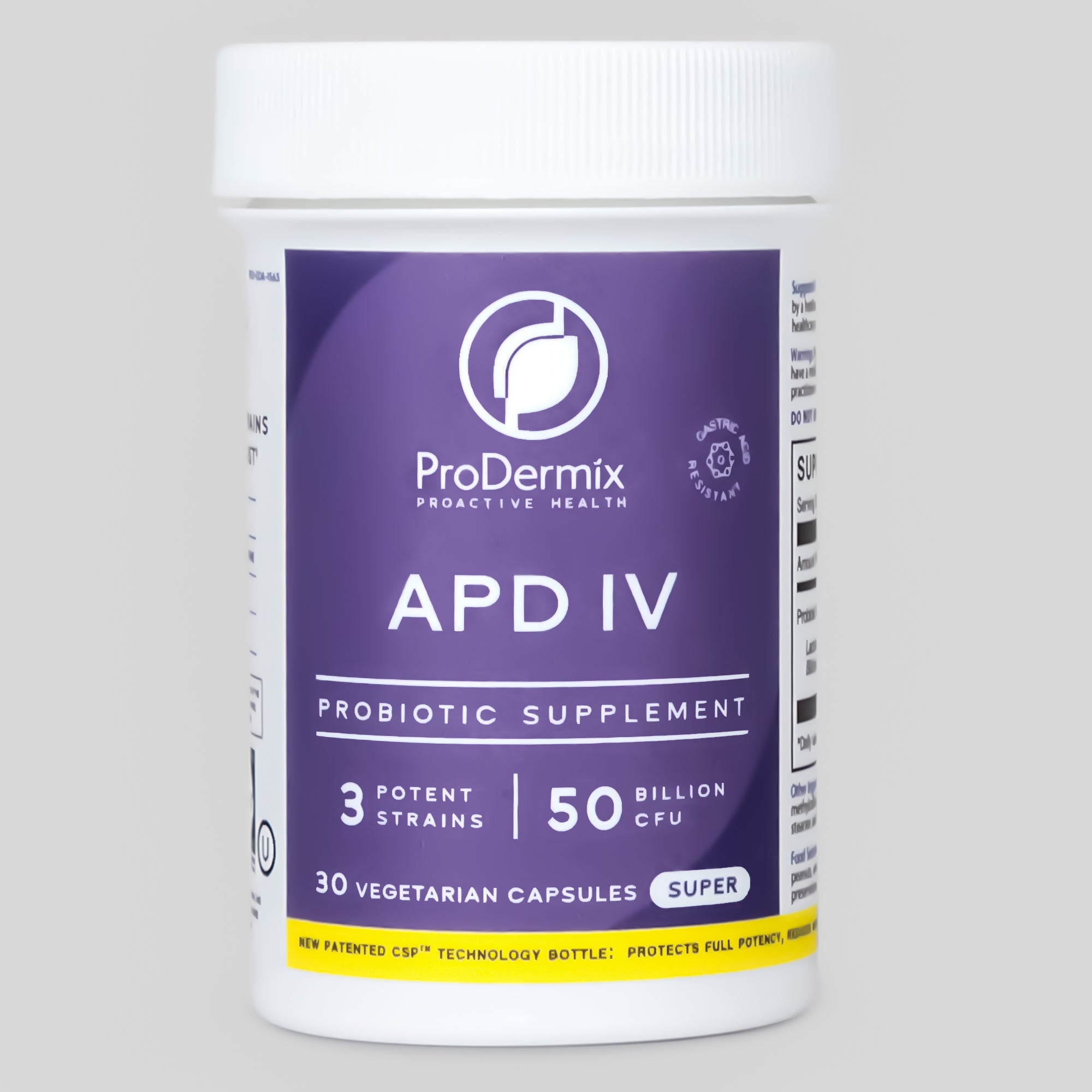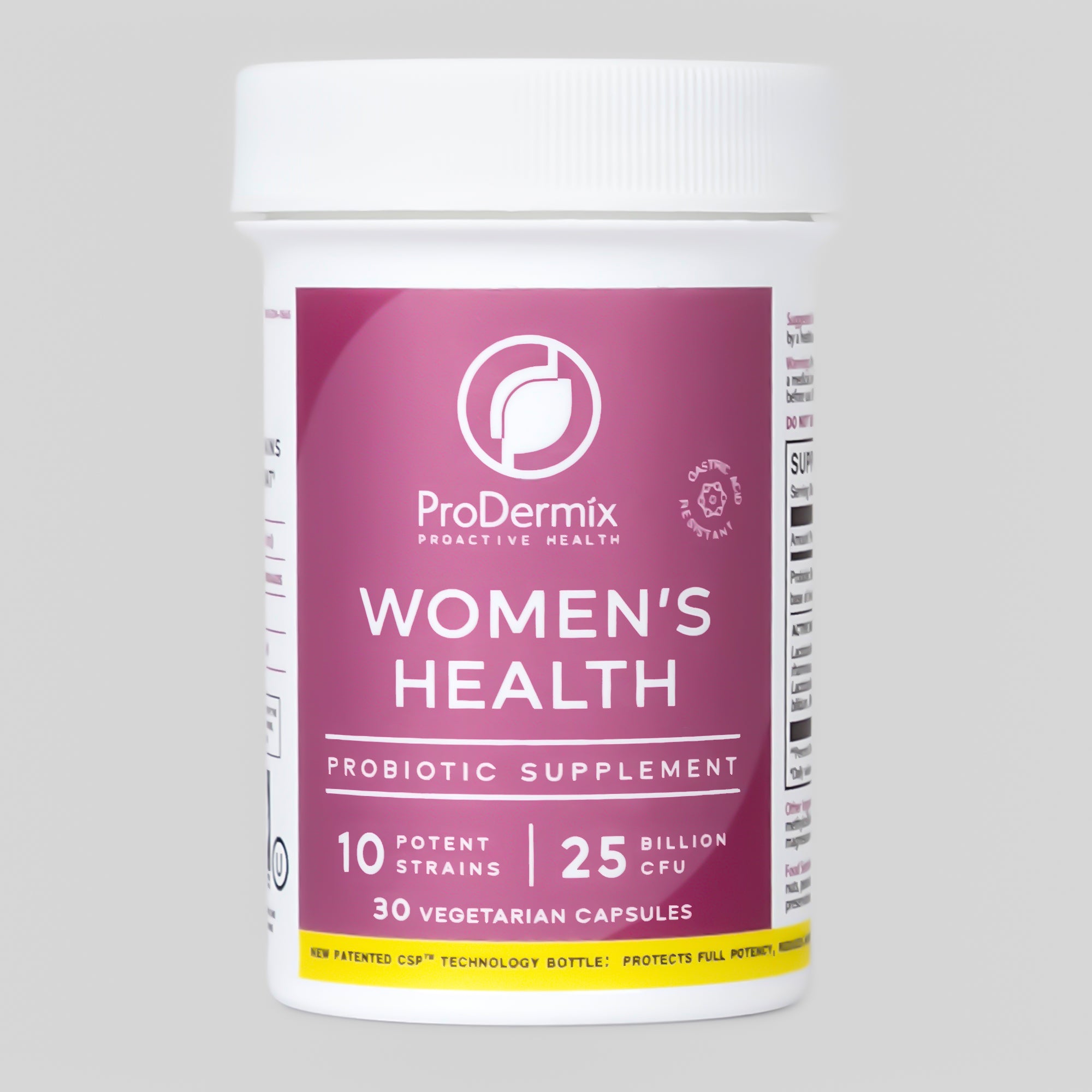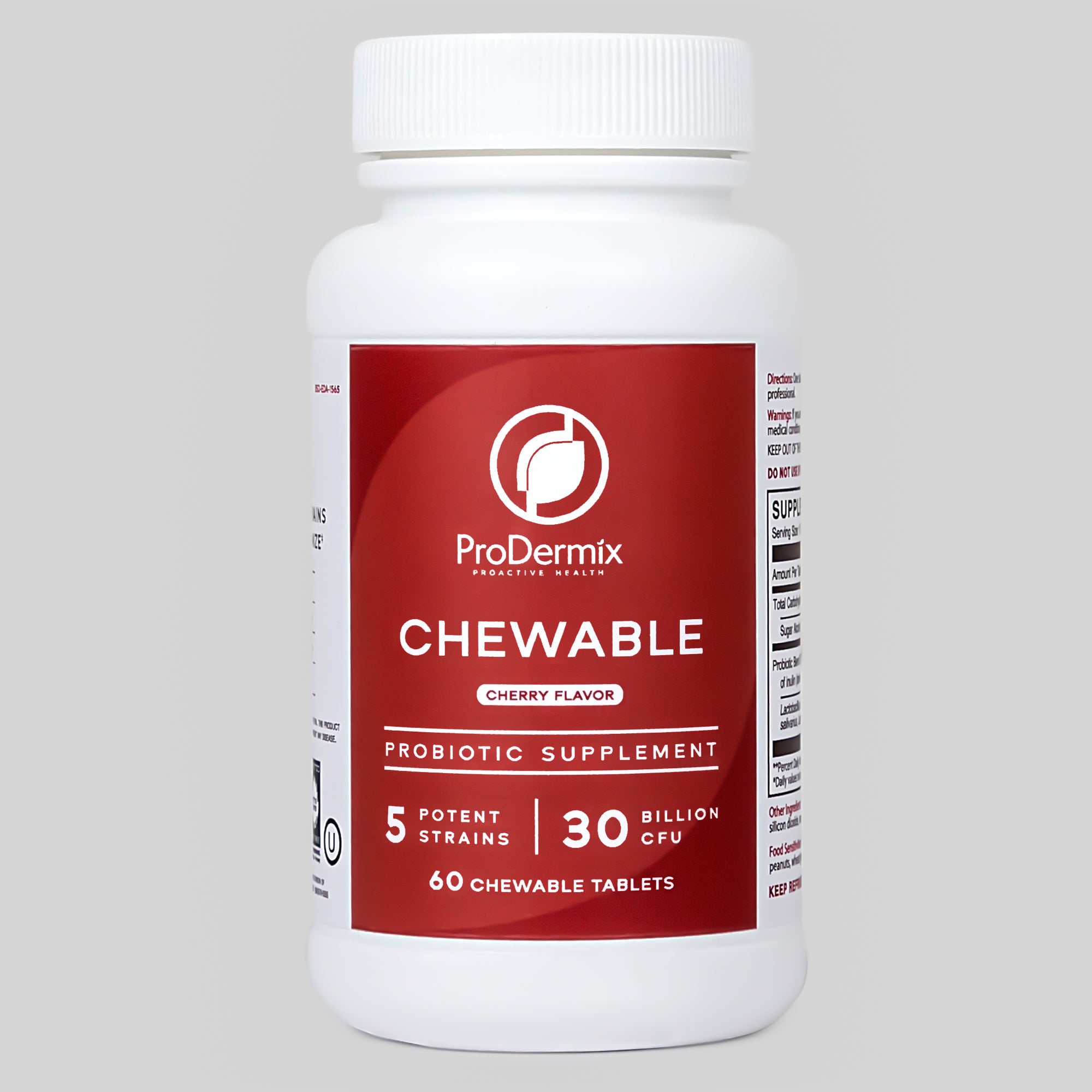Understanding your gut
Functions of the gastrointestinal tract
The gastrointestinal tract starts atr the mouth and continues all the way down until the anus. The GI tract releases hromones to aid in digestion and absorption of important vitamins, minerals, and enzymes.
The GI tract consists of the upper intestinal tract and the lower intestinal tract.
The upper part of GI tract is the esophagus and the stomach.
The lower intestinal tract consists of the small intestine and the large intestine.
The Small Intestine
Digestive juices from the pancreas and bile from the gallbladder mix in the small intestine to break down proteins and bile and emulsify fats with other enzymes to help neutralize the HCI in the stomach. Parts of the small intestine also have villi that absorb vitamins and minerals into the bloodstream.
The Large Intestine
The large intestine consists of ascending colon, transverse colon, and the descending colon. The main function of the colon is to absorb water and help in the elimination of waste from the body. It also contains beneficial bacteria that produce necessary vitamins for the body.
